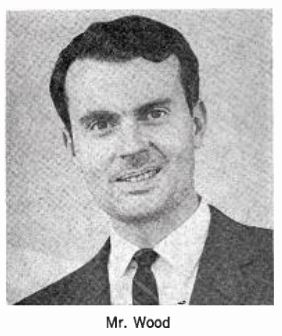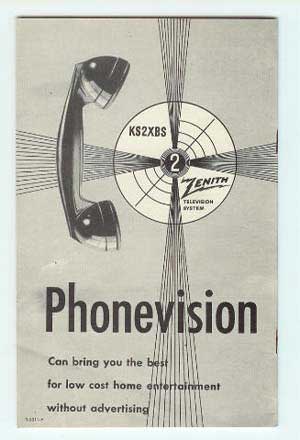UPDATE: January 23, 2024 Journalist Charles Osgood has died: https://www.wtnh.com/news/national/charles-osgood-cbs-host-and-networks-poet-in-residence-dies-at-91/
Here is the original story from 2016
The legendary CBS newsman Charles Osgood is retiring this weekend from the Tiffany network and “Sunday Morning,” more than fifty years after he worked in Hartford. Yes, the avuncular storyteller once toiled in the television business in Connecticut trying to sell pay per view television.
Thanks to the memory and research of Doug Bertel, the son of former Channel 3 anchor Dick Bertel, I learned Osgood worked at the now defunct WHCT-TV, Channel 18 in the early 1960s. He went by his real name Charles Wood when he started as general manager in 1962, and was fired the following year.
Here’s what Doug learned about Osgood’s Hartford history from http://www.americanradiohistory.com:
From roughly April 1962 to sometime in so 1963, he was the general manager of Channel 18, then operating with the call letters WHCT. In that role, he used his legal name, Charles Wood. (Legally, Osgood is Charles Wood’s middle name.)
At that time the owner of WHCT was RKO General. The first station in the United States licensed to do so, RKO was using WHCT to experiment with something called “Phonevision,” a precursor to subscription channels like HBO and Showtime today. It aired movies, live sports, and other events such as ballets and symphonies without commercials on a subscription basis. Subscribers were given a converter box so that they alone could see the picture. Non-subscribers could still receive WHCT, of course, but their pictures would be scrambled and therefore unwatchable.
Mr. Osgood presided over the launch of Phonevision on WHCT. Several citizen activist groups sprung up to protest Phonevision, One was called the “Connecticut Committee Against Pay TV.” Their argument was that stations could not serve in the public interest requirements of the FCC if they actively contrived to limit access only to viewers who could afford to pay for it.
One drawback was that the scrambling that Phonevision required to enforce the subscription model could only be done to black and white pictures, limiting its appeal as color broadcasting became more commonplace as the 1960s wore on. According to Bookholz, WHCT continued to operate Phonevision until 1969. He writes that its subscriber base peaked at 7,000 in 1967 but had dwindled to 4,500 households by the end of 1968.
Doug says Osgood also talked about his firing from Channel 18: “The station lost money at an alarming rate … and [RKO] let me off the hook very gently. They said, “you’re fired.’”
Charles Wood went on to New York using the name Charles Osgood and the rest is history.
Categories: tv and radio




Did you notice who was also pictured in that clipping with Osgood? Perry Ury, later GM of WTIC-AM and FM. Also a great guy!
LikeLike